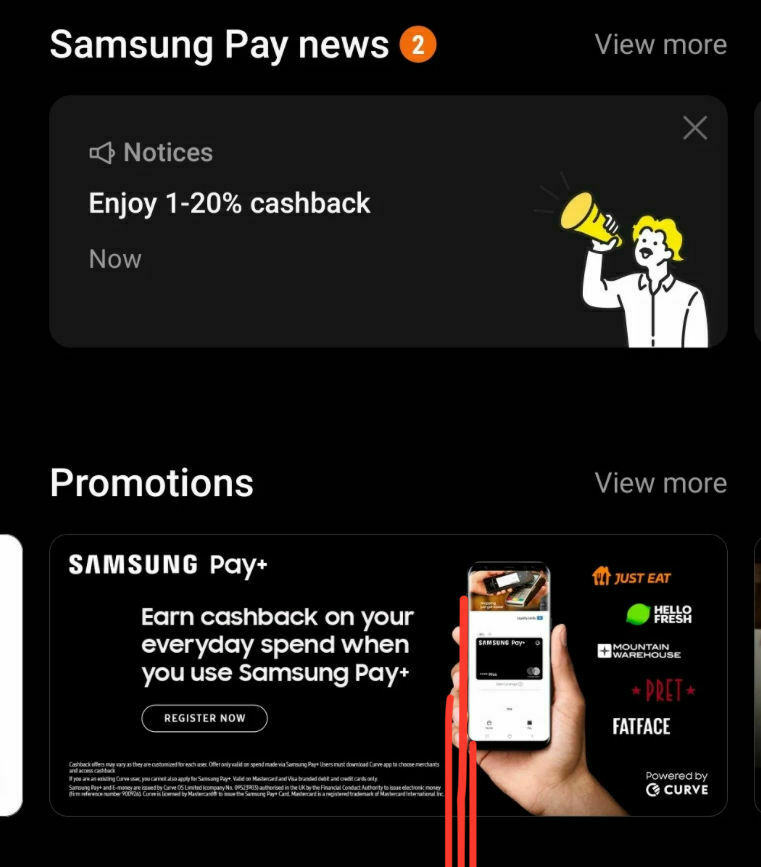-
It was a mere few weeks ago when returning from a run that I thought I’d recovered myself. I felt renewed, full of energy and positivity, as I did before all these issues started. I couldn’t help but smile at the thought that all the stress and strain left by personal issues seemed to have gone, and the world seemed right again.
Perhaps it is the fact I am reading The Comfort Crisis by Michael Easter, but I have begun to realise why I feel much better. I have had some stress and hardship to overcome in the form of my marathon training, and it has given me some clarity. Every Saturday for far too long, I’ve had long runs of increasing mileage to get through that have filled me with dread. I’ve put a brave face on them, but some have been seriously tough and left my questioning my ability to finish. Yet, after finishing them, and perhaps after my muscles have calmed down a bit, I feel wonderful.
I am reminded of a Joe Rogan comment when asked about all the controversy has faced in COVID-19 (and rightly so) and if it caused him stress. When he endures ‘torture sessions’ in his workouts it makes enduring other things much easier. Reading Michael Easter’s book convinced me he’s dead right. When I’ve slogged away for more than 3 hours running, the rest of my day seems a doddle in comparison. Even beforehand, I’m focused on the upcoming stress of the run that everything else pales in comparison, and that gives me focus.
In my life I have already endured quite a few things both personal and family related, but I also realise that going for a run or doing something hard doesn’t solve the stresses of those less fortunate. This is more an observation of the things that improve my mental health and outlook on life. It may work for you, too. There’s something about doing something taxing, and getting to the end, that fills the soul.
-
Charlie Warzel with an interesting thread on Threads:
the bigger thing is it touches on a gut feeling we all have: so much has changed technologically in a short amt of time! We know this connectivity is working on us, but it’s challenging to pin down exactly how.
This thread was linked by this week’s Platformer that discusses the recent book by Jonathan Haidt on the links between anxiety and social media. Something I wrote about in passing a few days ago because it seems to be the talk of the media industry at the moment.
Casey Newton interviewed Haidt on Hardfork a few weeks ago and followed up with some rebuttals the following episode. I thought the interview came across very well, but it’s important to never take those spouting research on podcasts at face value. Science isn’t always as straightforward as it can be presented as, especially when so many are covered in such a little time.
Whoever you listen to regarding the research, Charlie rightly points that we all have this gut feeling that social media isn’t good for us. If you take a break from scrolling, even for a short period of time, you start to feel better. Our brains are simply not made for the sensory overload. It’s just a question of how much and what the effects actually are—something that may never be completely proven.
-
Sure, you can make the web boring, and it’s great for a bit. I experience renewed concentration levels and suddenly gain more inspiration for blog posts. There comes a point when you wonder why you ever use the social web, but it becomes apparent a little later on. There’s little point if you get nothing back.
The rather depressing fact is, much of what I do online is because I like interacting with other people. As I wrote about a few days ago, I have zero friends and rely heavily on platforms to provide this for me. More than this, though, is my love of getting replies. In many ways, the reason I take pictures and write blog posts is for other people’s reactions, and not hearing them sucks.
That is not the sole reason, but it’s a big part of it. A blog without a way for people to reply easily is a bit of a downer. I could start tracking analytics and worry about page views, etc. Perhaps look at a comments section or reply by email. These are all great ideas, but the easiest thing to do is share the things I do online. Unfortunately, I have begun to realise that Micro.blog may be the best way to achieve this by being able to share once and post to different places.
Doh!
-
There is a tendency for me to not publish many of the photos I take. A high proportion of them end up in the bin, and many others just sit doing nothing in my Lightroom catalogue. I constantly compare the results of my photos to other people that I see online and the conclusion more often than not is that mine or boring and don’t offer anything. With my break away from seeing other peoples work I made the decision to show the boring photos I took the other day just because I can.
A short trip to Nottingham shopping and three images taken.
Comparison is the theft of all joy right.



-
Matt Birchler in his semi response to the latest Vergecast on Apple:
What this means in practice is that the thing all card issuers want is transaction counts and volumes to be as high as possible. You don’t do that by locking your card to your own wallet, you do it by making it an easy choice for consumers to pick you.
Of course, Matt is correct. If anyone knows about payment matters, it’s Matt. However, I think this is only part of the story. My Apple Wallet contains more than payment cards, and I foresee this becoming an issue when (rather than if) the EU forces Apple to open things up.
Currently, my Apple Wallet holds a variety of items that I can access with a tap: a few loyalty cards, my Arsenal Football tickets (they are by far the greatest team the world has ever seen), and also train tickets for my upcoming trip to London. There’s no hassle with different apps, printing things out, or searching through emails to find what I need; it’s all there, ready for me. This utility, I envision, will be decimated the moment everyone can produce a ‘wallet’ for my iPhone.

Suddenly, I’ll need an LNER wallet to access my train tickets, a separate app for all my loyalty cards, and my Arsenal tickets will return to the app from which they came. The simple reason is that everyone wants you in their app. As Matt pointed out in his post, their ‘wallet’ becomes a ‘halo’ product. Not one that directly generates income, although it could, but one that markets to you every time you open the app to retrieve your tickets or cards. We know this because you only have to look at Android as an example.
Every time I want to test a new Samsung phone, I endure the same frustrating experience. My bank, Barclays, doesn’t support Samsung Pay. They were one of the last to add Apple Pay, and for a long time didn’t support anything else. They tried instead to push their own payment app on Android users with a terrible experience. The great thing about Android is that I can download Google Pay and use that instead, but it doesn’t work as seamlessly as the default app. Samsung also works very hard not to tell me I can use another payment app, and as a result, most users go without.
This is because Samsung doesn’t want to inform users they can switch. They want to be able to sell you things in the wallet app: a new phone, perhaps a card that will work with Samsung Pay, or some accessories. By getting users into your app, you can generate revenue, and that’s important to all parties involved in the process. I think it’s true that most retailers won’t care, but many service providers will; they will want to cut out the 0.15% that Apple receives, and also sell you all their other wares while they’re at it.